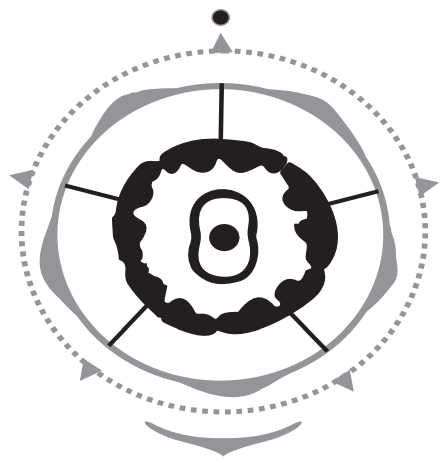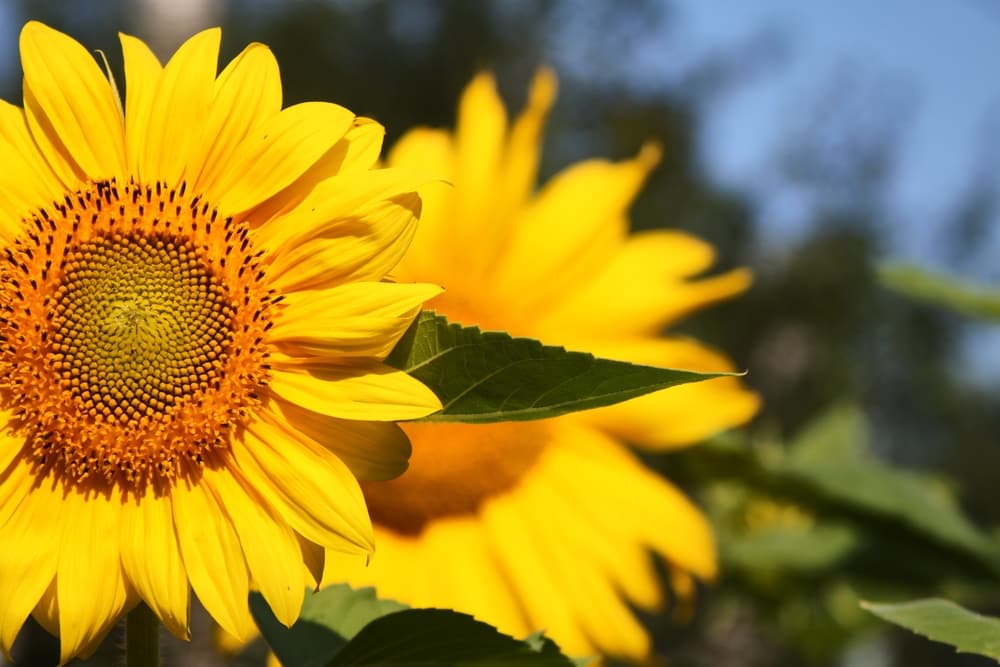Compositae
Habit:
- These are herbs and shrubs, rarely twiners, e.g. Mikarnia scandens, or trees, e.g. Vernonia Arborea. They sometimes have internal phloem. Some genera have latex, e.g. Sonchus, Crvpis, Lactuca, Picris, etc.
Leaves:
- The leaves are simple, alternate or opposite, rarely compound.
Inflorescence:
- The inflorescence is a head (or capitulum), with an involucre of bracts.
Flowers (florets):
- The flowers are of two kinds – the central ones (called disc florets) are tubular, and the marginal ones (called ray florets) are ligulate. Sometimes all florets are of one kind, either tubular or ligulate. The disc flowers are regular, tubular, bisexual, and epigynous, each usually in the axil of a bracteole.
Calyx:
- The calyx is often modified into a cluster of hairs called pappus, as in Tridax and Ageratum, or into scales, as in sunflower and Eclipta, or absent, as in water-cress (Enhydra).
Corolla:
- There are (5) petals. It is gamopetalous and tubular.
Androecium:
- The five stamens are epipetalous. The filaments are free but the anthers are united (syngenesious).
Gynoecium:
- The carpels are (2), syncarpous. The ovary is inferior, one-celled with one basal, anatropous ovule. There is one style and the stigma is bifid.
Fruit:
- The fruit is a cypscla.
Floral formula:

The ray florets are zygomorphic, ligulate, unisexual (female), or sometimes neuter, as in sunflower, and epigynous, each usually in the axil of a bracteole. The calyx is usually modified into pappus. Sometimes it is scaly or absent. The corolla has (5) petals, is gamopetalous, and is ligulate (strap-shaped). The gynoecium has a disc florets shape.
Floral formula:


Examples: Sunflower, pyrethrum, artemisia, etc.
Make sure you also check our other amazing Article on : Characteristics of Apocynaceae
